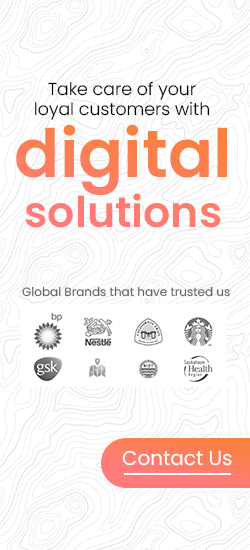Leveraging Technology to achieve the Sustainable Development Goals

The living population across the global civilization are somehow bound to inevitably leverage the outcomes of technology to accomplish the Sustainable Development Goals for their country’s progressive growth. It might stir alacrity onto all the call to actions of SDG Policies within global populations to eliminate poverty and safeguard human life offering eternal peace and prosperity before 2030.
The Sustainable Development Goals and initiatives aim at impacting the government policies to undertake ownership of the 17 SDG Goals to further build the nation’s framework for enhancing Information and Communications Technology and people communion.
Moreover, with the intricate social networking fast evolving in our community the impact and existence of digital revolution is becoming quite common affecting the lives of an individual each and every day. This progress is best explained in the SDG 2030 Agenda that interprets the vast powers of global connectivity together with technological access for the local communities basically, to create the sustainable way of living. Usually among communities, there will be a lot of challenges ahead to solve and offer ubiquitous access to the internet without any disruption.
We have written this blog to explain the vast presence of opportunities whenever, people early adopt to information and communications technology and erstwhile, achieve the sustainable development goals surrounding regional ecosystem and office centric environments.
The advantage of accessing to these SDG initiatives can set arise the dawn of the future for big data while improving governance policies and decision making within people seem lot easier. In this way of leveraging technology, it should normally help labourers get their wages equally, farmers set price indexing, refugees stay in contact with their loved ones and governments fast responding to adversities at critical junctures.
In countries that make effective use of Information and Communications Technology there is likely a linear progress to amplify the good signs of remediate measures to end poverty and connect people globally and also sectorial wise within communities.
The new paths made for establishing the terrestrial communications utilizing mobile phones and internet among developing countries should mostly result in free access to personal communications thus, enabling people to get the benefits of sustainable development goals. Hence, ICTs are considered to be the proprietary technology that could majorly contribute to economic developments, disaster preparedness, quality healthcare, education and strengthen workplace environments.
However, in practise, there are nearly over 1 billion of people worldwide who are totally deprived of digital literacy and technology access especially, to leverage the benefits of Information and Communications Technology and similarly, a slightly lesser than the other half of people’s population happen to neither make use of the Internet effectively.
It results to a higher cost on the Internet Connection that associates with huge gaps prevailing in the gender digital gaps that exists globally. The need for government policies to intervene and pass on the ICTs benefits to its inhabitants should also have to play a key role in achieving the SDG Goals, instead of providing people the unlimited access to digital technologies.
Read Also – How The Sustainable Development Goals Will Be Addressed With An Agricultural Data Tool? – Case Study
Leverage Technology to achieve the SDG Goals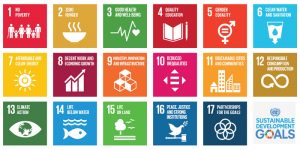
1. Making needs visible and actionable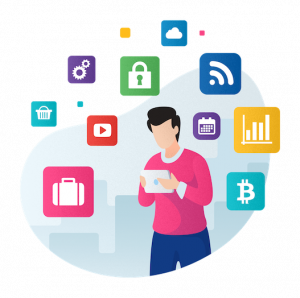
An interesting aspect of SDG initiative is that these goals are capable of accruing the equity to offer explicit insights that impact the successful campaign of poverty reduction program. When collating the new data visible from social media and geospatial sensors primarily, their large numbers are precisely aimed at bridging the SDG data gaps and develop people interconnectedness.
Generally speaking, the many disparities exist among a group of people is quite confusing and naturally difficult to be comprehended with lack of data proving to be the utmost concerning thing for developing countries, which divides its inhabitants and populations, according to technological access like smartphones, broadband connection and computer devices.
The far and wide existence of Big Data can help any SDG Solutions Providers to inculcate the prevalence of gender gaps effectually in healthcare sector, agriculture, labour market, education etc. Therefore, all developing countries should improvise the well-being of women to achieve peace and prosperity for humans, and is one of the mean ways of devising the same through conducting talk shows, relay community radio stations and lecture seminars.
2. Expanding voice and empowerment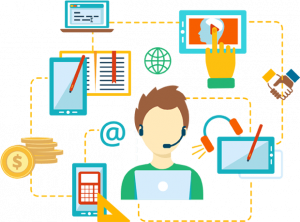
The uses of Information and Communications Technology is simply incredible and can stimulate the capabilities of an individual government towards providing the public service delivery and circulate information to the rural communities. This can lower the unemployment rate in local communities and enable people to self-empowerment and achieve the social security reliably.
If people can make use of Information and Communications Technology more prudently before making investments, then the scenario on gender gaps must quickly enclose to furthermore influence governments to make data absolutely permissible and freely accessible.
3. Economic Empowerment and inclusive growth
Taking advantage of Information and Communications Technology can help both people and government to develop economies flexibly at every scale and manage the infrastructure bottlenecks shrewdly. Easy earn the investment capital and profits through accessing to tech innovations like mobile phones, SDG Solutions Providers and Telecom Networks.
The farmers in Uganda have choosen the instance of using mobile phones simply, to keep a check on the food prices in their local market and sustain business authoritatively. With this level of agricultural farmers prepared at establishing mutual communications, their productivity should also go higher, resulting which build up to an agriculture value chain that meets to quality standards.
4. Accelerating and Sustaining Progress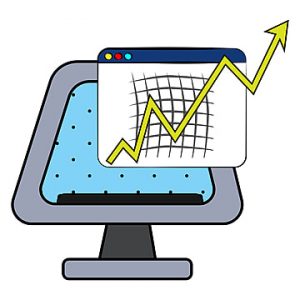
Mostly with the expertise usage on ICTs a vast number of governments and communities have happened to accelerate and so forth succeed on accomplishing the Sustainable Development Goals Statistics, while purge the technology bottlenecks reassuringly. It should assist in marginalized communities to take due responsibility of the economic setbacks through imparting ICT Communications Technology to their people and forge a sustainable progress year on year.
For instance, in Uganda and West Africa when during Ebola outbreak took place, the most used ICT Technology were the mobile phones that helped African population to get information way ahead, on the whereabouts of containment zones to stay safe from the viral spreading of pandemic disease.
Read Also – How much does the world spend on Sustainable Development Goals?
Conclusion
The immense potential of ICTs can only be realized whenever governments, communities, companies and SDG Solutions Providers join hands together and work towards the eradication of poverty thus, enabling social security and enliven the friendly environment for people’s society.
The Sustainable Development Policies 2030 will influence a lot of developing countries to include information and communications technology in their economic development growth bringing its people closer to make them erudite.
The SDG part one should typically need the inclusion of ICTs across different countries with a scaled up operation to reduce the ever present gender gap on leveraging technologies. On a massive scale the policymakers will have to identify those niche technologies that may promote the implementation of SDG Goals and suggest additional ideas to their easier adoption within global populations.

